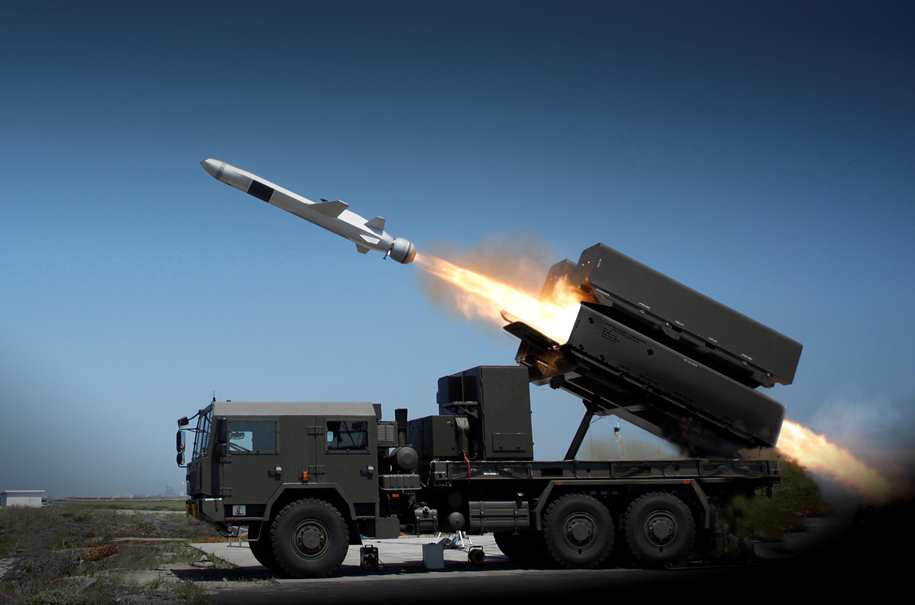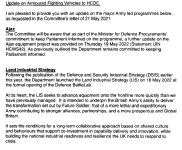Why Land Precision Strike?
GMLRS and ER-GMLRS are no doubt extremely effective munitions, with the former well proven in multiple conflicts. The IM-compliant M31A1 GMLRS rocket is 3.94m long, 227mm in diameter and weighs 302kg. Of that 302kg, 90kg is the single blast fragmentation warhead.
This single warhead is excellent against buildings or other fixed infrastructure, and clusters of vehicles, but its area effects are limited. The Alternative Warhead provides these area effects by using 160,000 preformed tungsten fragments. A version using larger tungsten balls is also under development for the US Army.
Even though GMLRS has been called the 70km sniper, it is a blunt weapon.
GMLRS cannot be used against moving targets because it only has a GPS/INS guidance system, and in some scenarios, the minimum range of 15km might also be a problem.
GMLRS cannot be easily fired from naval vessels (although it has been demonstrated) and is limited against reverse slope targets.
The large warhead might also be limiting in many situations.
Perhaps an easy way to understand the requirement is to visualise an 80km Brimstone.
Land Precision Strike (and GMLRS/ER-GMLRS) are fundamental components of the British Army’s new
Deep Reconnaissance Strike Brigade Combat Team.
Future Soldier describes DRS as;
1st Deep Recce Strike BCT will focus on the Army’s deep fight, combining deep fires with reconnaissance and the ability to integrate non-lethal effects. Deep Recce Strike BCT combines the Ajax’s formidable sensors with enhanced fires systems to provide long-range persistent surveillance for the coordination of deep fires.
It is fair to say that DRS is still a work in progress, but the building blocks are beginning to form, and the Land Precision Strike missile will be fundamental part of its development.










